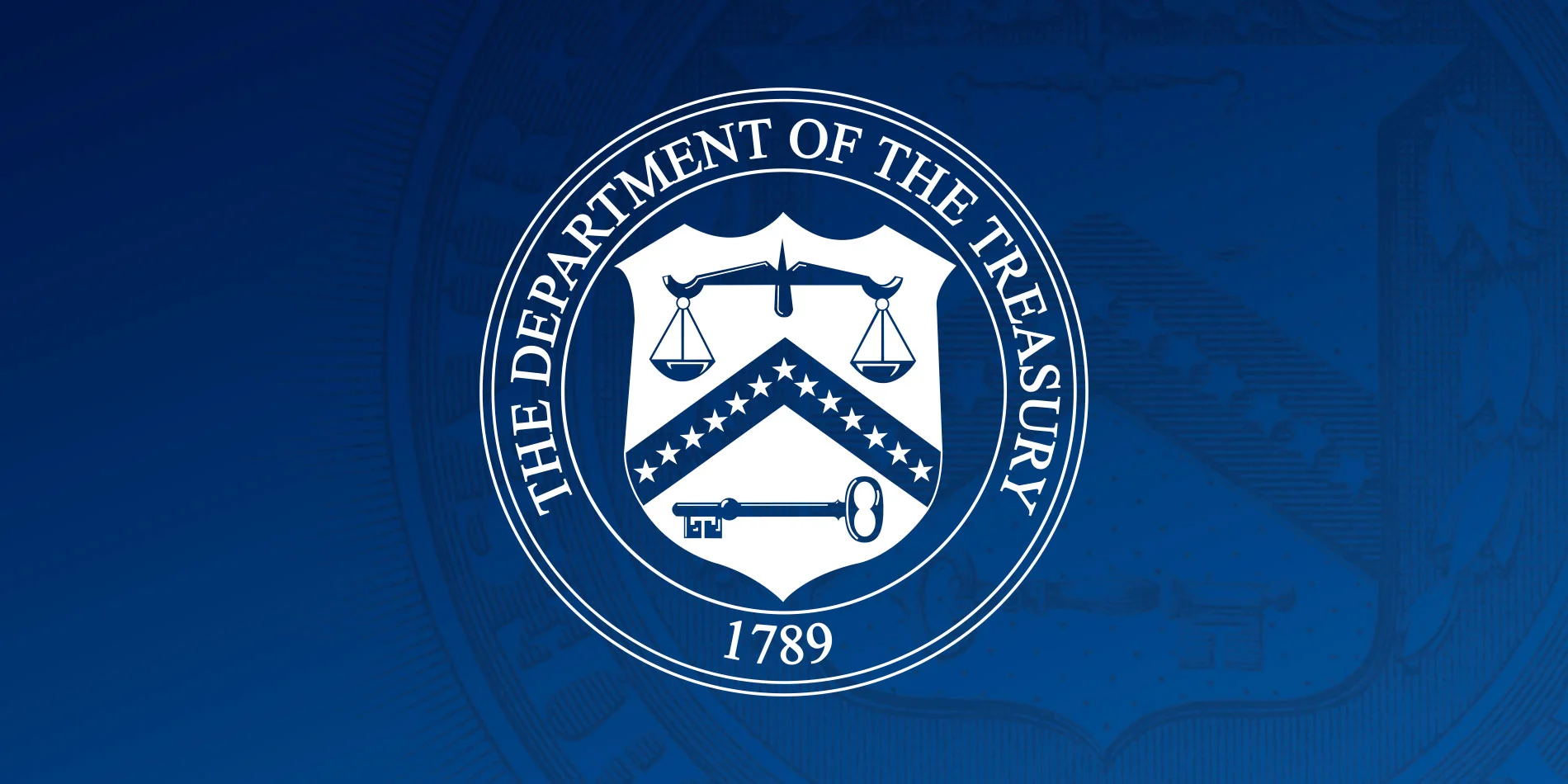

There are a number of ways to access your Linux drives from Windows (I did it regularly when I ran Windows) and if your drive hasn’t been wiped your data is probably all accessible. Here’s a link that should help: https://www.howtogeek.com/112888/3-ways-to-access-your-linux-partitions-from-windows/















Another tip: On Android phones, Tasker can be used to automatically activate Wireguard tunnels to your own or a commercial VPN host. Taskernet.com has one project that activates WG when off specific wifi networks, and another that I wrote that allows you to activate a tunnel on demand only when you open specific apps. Great if you want to access a home server occasionally (without detectable open router ports) or want an extra layer of security when running a financial app.